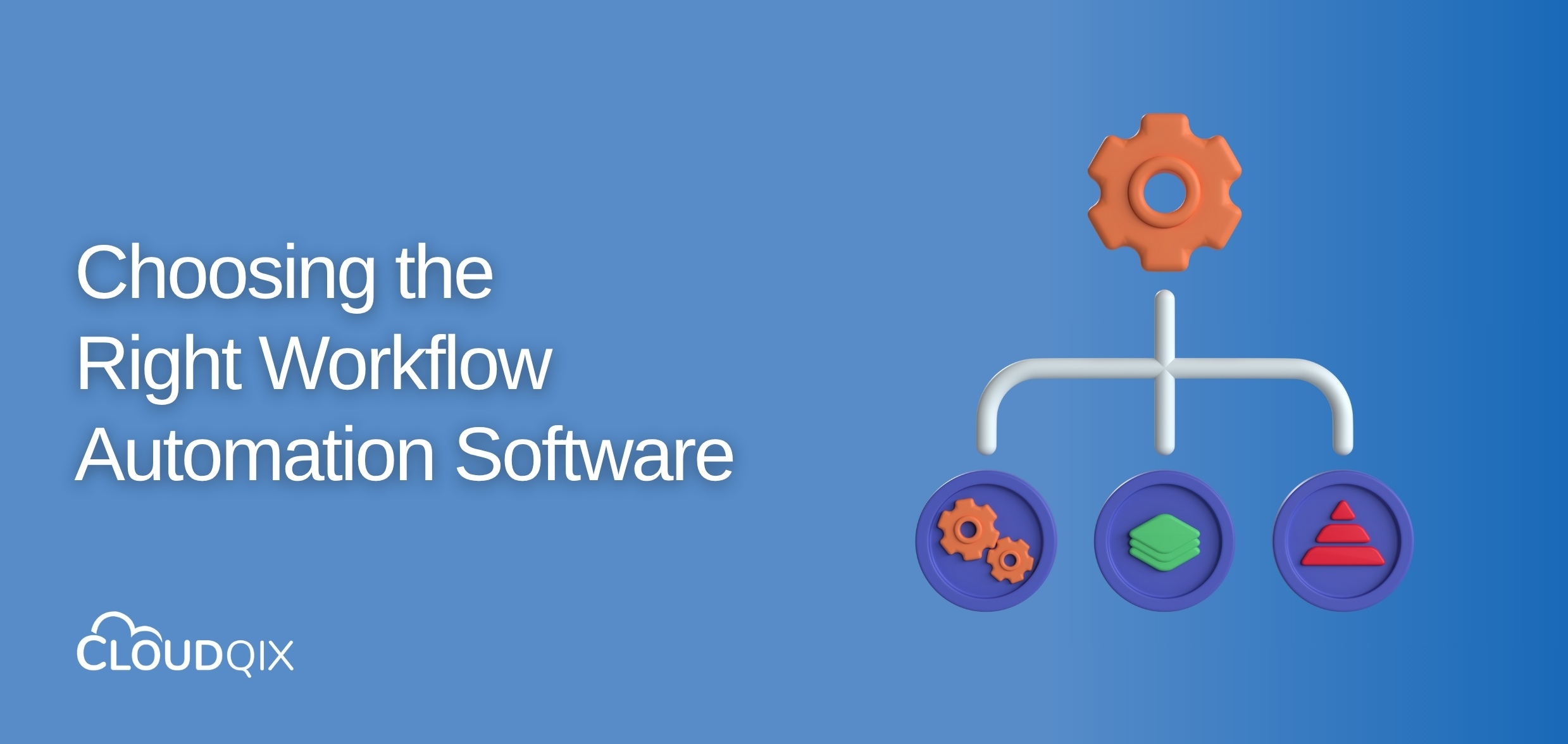Running a business often means juggling dozens of moving parts: approvals, data entry, project updates, and cross-team communication. Without the right tools, these business processes can quickly become time-consuming and error-prone. That’s where workflow automation software shines.
By setting up automated workflows, companies can handle repetitive tasks in the background and free their teams to focus on more important work. But with so many platforms promising efficiency and productivity, how do you know which one is right for your business?
Define Your Workflow Automation Requirements
Before you start comparing platforms, get clear on what you actually need the software to do. Start by identifying the processes that take up the most time or create the most friction. Maybe it’s invoice approvals, employee onboarding, or tracking tasks across multiple departments. These are strong candidates for automation.
Next, think about your goals. Are you hoping to reduce errors, boost efficiency, or improve coordination between teams? Defining your objectives will help you measure whether the software is delivering real value.
Finally, be honest about your team’s technical skills. If you don’t have in-house developers, a no-code or low-code workflow automation platform will be easier to adopt. If your business handles complex processes, however, you might need a more advanced tool with robust customization options.
Key Features to Look for in a Workflow Automation Platform
Once you know your requirements, it’s time to look at features. A good workflow automation software should be intuitive and require minimal training. Drag-and-drop builders, for instance, make it easier to design and adjust workflows without writing code.
Integration is another must-have. The platform should connect seamlessly with your existing systems, whether that’s a CRM, project management tool, or database. Customization also matters. You want the ability to set conditional logic, add custom fields, and adapt workflows as your business evolves.
Scalability is key, too. The tool you choose today should be able to handle growth tomorrow, whether that means more users, more workflows, or more tasks. And don’t overlook reporting and analytics—clear dashboards and audit trails help you spot bottlenecks and track ROI.
Other Factors to Consider
Of course, features are only part of the equation. Budget plays a role, too. Look beyond licensing fees and factor in implementation, training, and support costs. Security should also be a priority. Choose software with encryption and role-based access controls to protect sensitive data.
If teamwork is central to your business, check whether the platform supports collaboration. Can multiple people build, edit, and manage workflows together? Finally, consider the vendor’s track record. Reliable support and a strong user community can save you headaches down the road.
Test Before You Commit
Even the most feature-rich platform might not be the right fit if it doesn’t align with your workflows. That’s why testing is essential. Take advantage of demos and free trials, and set up a few of your real processes to see how the tool performs.
It also helps to involve your team in the evaluation. The software will only deliver results if people actually use it, so gather feedback on usability, features, and overall experience before making a decision.
Why CloudQix Stands Out
At CloudQix, we’ve designed a workflow automation platform that balances power with simplicity. Whether you need task automation for routine processes or the flexibility to manage more complex workflows, CloudQix makes it easy with no-code API integration, strong security, and seamless scalability.
You can connect your apps, explore our cloud-based iPaaS solutions, and automate workflows without heavy technical overhead. It’s a smarter, faster way to streamline and eliminate busywork.
Ready to see it in action? Start with CloudQix today!


